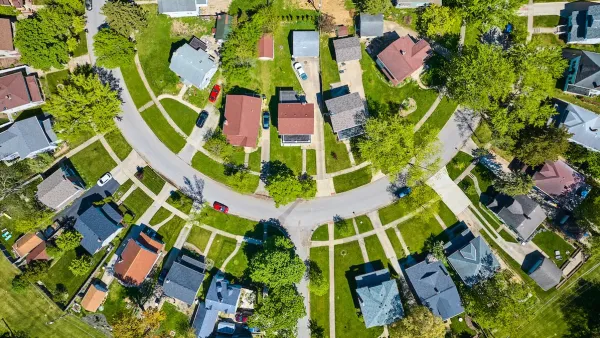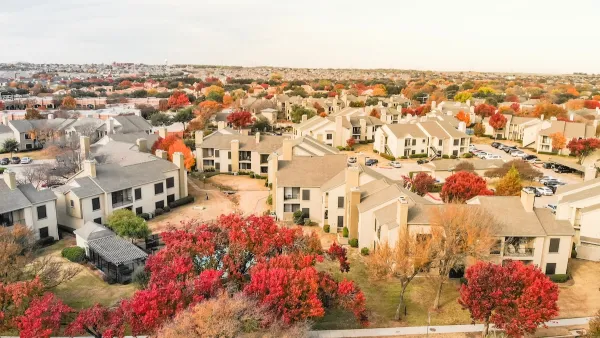American cities are often described as 'segregated,' but segregation is not always well defined. A new study reveals a distinctive pattern: American cities tend to have many small areas of affluence amid fewer, but often larger, areas of poverty.

American cities tend to be segregated by ethnicity and wealth, with wealth usually correlated with white residents and poverty often correlated with minority residents. The spatial distribution of these groups follows a distinctive pattern, according to a new study from the University of Minnesota. Areas of high concentrations of white, wealthy residents tend to outnumber areas of high concentrations of poor, minority residents.
While public policy has typically focused on the problems in areas with high concentrations of poverty, this approach, say the study's authors, ignores another significant urban problem. The dispersion of wealthy, white areas suggests, according to the authors, that white residents are self-segregating and, therefore, denying poor residents chances to integrate socially and economically with more wealthy residents.
Western cities fare better than eastern cities do.
"Cities such as St. Louis, Boston, Baltimore, and Minneapolis have more racially concentrated areas of affluence (RCAAs) than they do racially concentrated areas of poverty (RCAPs). Boston has the most RCAAs of the cities they examined, with 77. St. Louis has 44 RCAAs, and 36 RCAPs. Other cities with a large number of racially concentrated areas of affluence include Philadelphia, with 70, Chicago, with 58, and Minneapolis, with 56."
"There is less self-segregation of metro areas in the West: San Francisco and Houston have just five racially concentrated areas of affluence each, Seattle has nine, Los Angeles, 11. Seattle has just six racially concentrated areas of poverty and San Francisco has 12. These western cities have larger populations of affluent minorities, and are, in general, more diverse."
"Some people argue that when whites and affluent people segregate themselves, it can erode empathy, and it can inhibit the pursuit of region-wide remedies," researcher Ed Goetz told Alana Samuel from The Atlantic. "It can inhibit a sense of shared destiny within a metropolitan area."
FULL STORY: Where the White People Live

Maui's Vacation Rental Debate Turns Ugly
Verbal attacks, misinformation campaigns and fistfights plague a high-stakes debate to convert thousands of vacation rentals into long-term housing.

Planetizen Federal Action Tracker
A weekly monitor of how Trump’s orders and actions are impacting planners and planning in America.

In Urban Planning, AI Prompting Could be the New Design Thinking
Creativity has long been key to great urban design. What if we see AI as our new creative partner?

King County Supportive Housing Program Offers Hope for Unhoused Residents
The county is taking a ‘Housing First’ approach that prioritizes getting people into housing, then offering wraparound supportive services.

Researchers Use AI to Get Clearer Picture of US Housing
Analysts are using artificial intelligence to supercharge their research by allowing them to comb through data faster. Though these AI tools can be error prone, they save time and housing researchers are optimistic about the future.

Making Shared Micromobility More Inclusive
Cities and shared mobility system operators can do more to include people with disabilities in planning and operations, per a new report.
Urban Design for Planners 1: Software Tools
This six-course series explores essential urban design concepts using open source software and equips planners with the tools they need to participate fully in the urban design process.
Planning for Universal Design
Learn the tools for implementing Universal Design in planning regulations.
planning NEXT
Appalachian Highlands Housing Partners
Mpact (founded as Rail~Volution)
City of Camden Redevelopment Agency
City of Astoria
City of Portland
City of Laramie





























